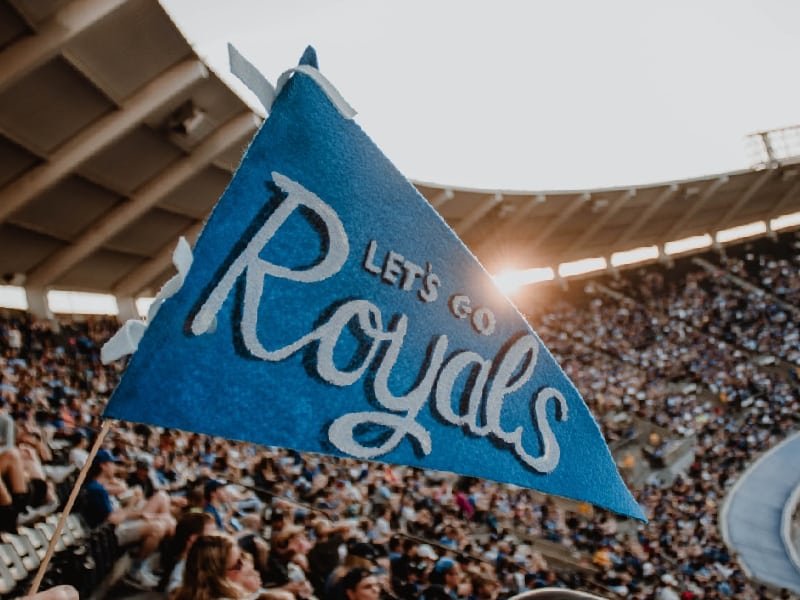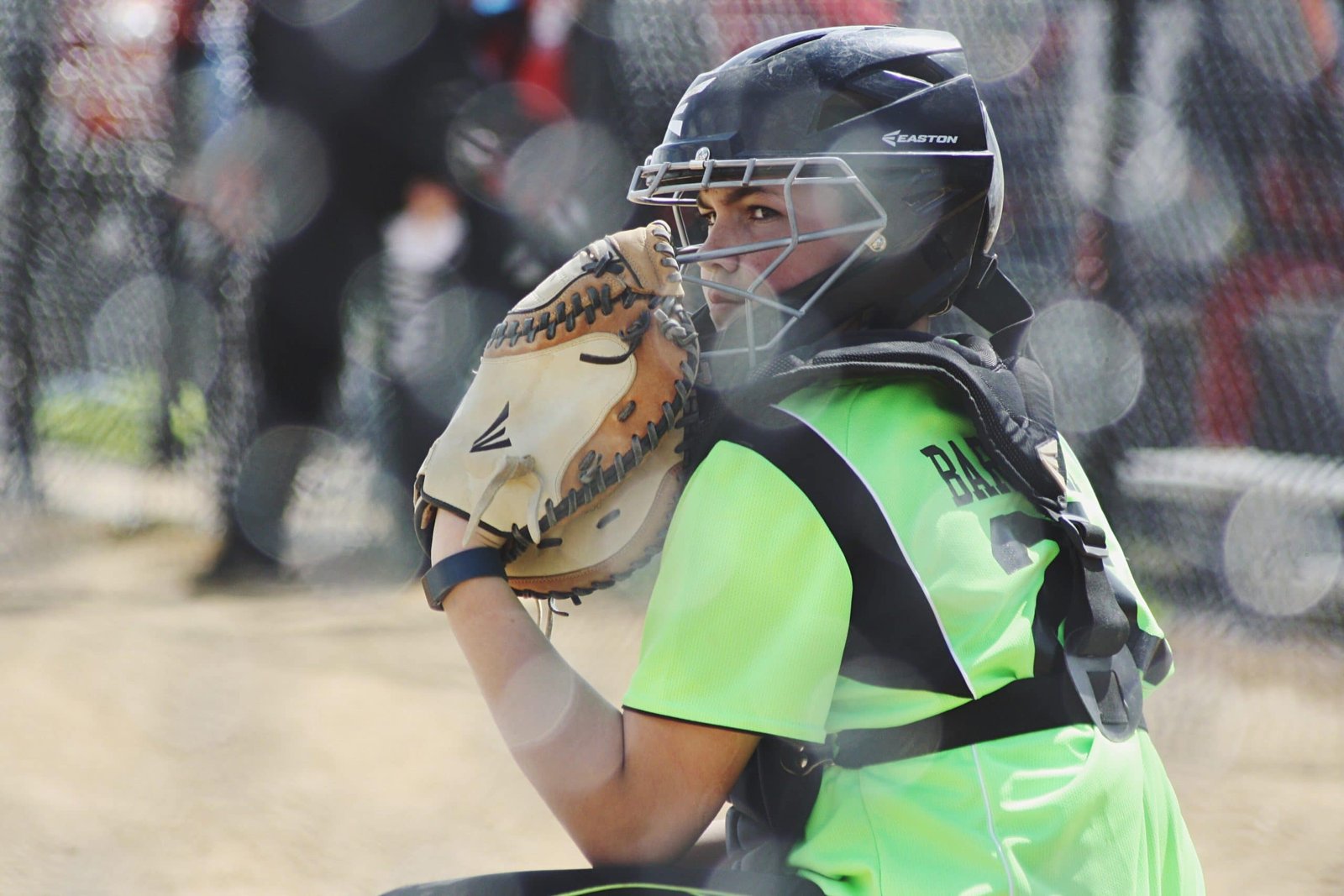Don’t know how to become a baseball player in college? You are not alone. Most high-school baseball players aren’t aware of the answer to this question. They’re unsure of the requirements meeting which they’d be selected for their college’s baseball side.
One cannot blame them. The college baseball recruiting process is neither straightforward nor easy. Otherwise, the percentage of high school baseball players who will go on to play college baseball wouldn’t stand at a measly two percent.
There is an excellent reason why the percentage is too low. One has to have high grades, an indefatigable work ethic, impeccable athletic talent and an overflowing passion for the game to be recruited for baseball. Read on to know more.
Why you must know about NCAA and NAIA?
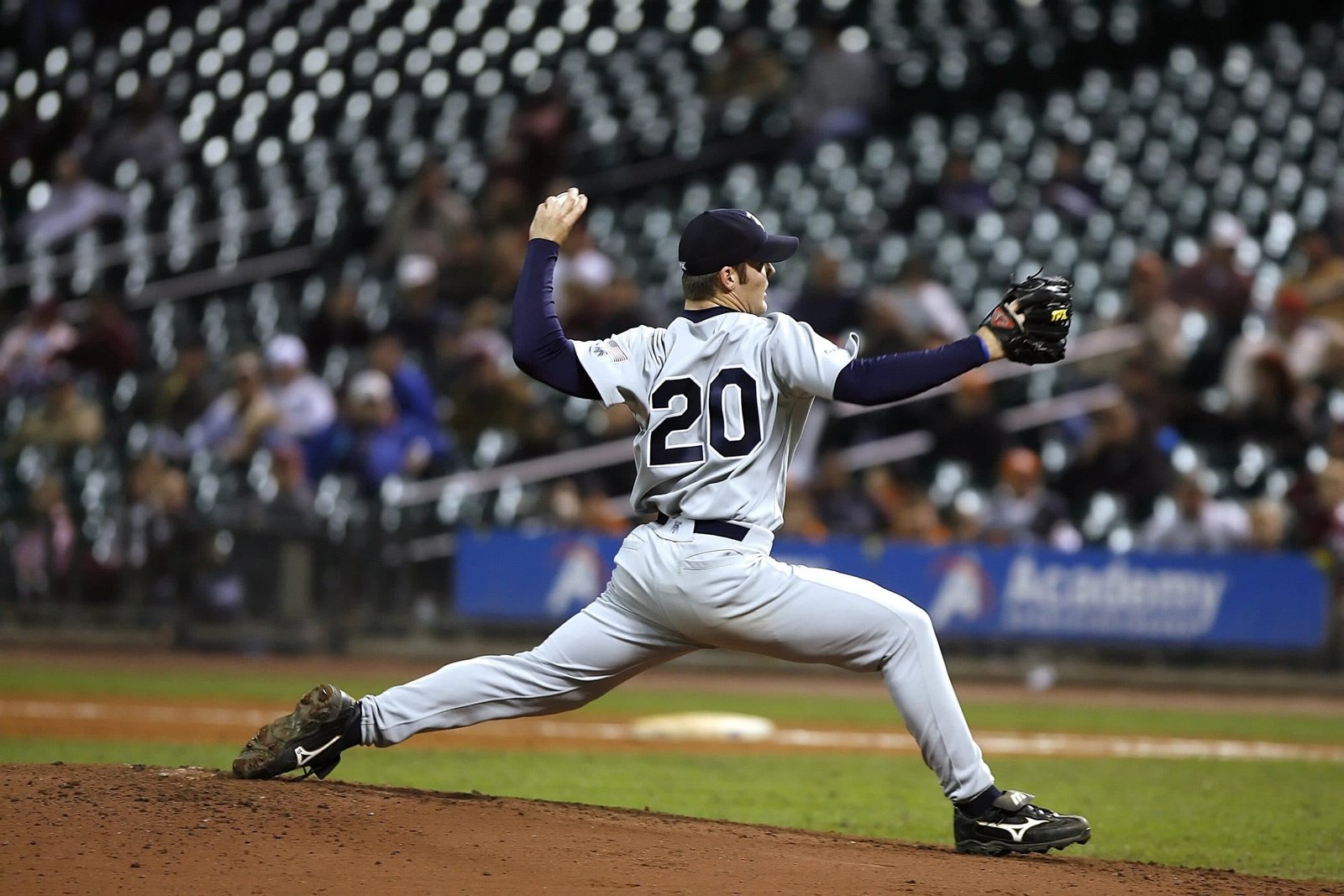
how to become a baseball player in college
Want to play college sport? Then you must gather every piece of information you can about the National Collegiate Athletic Association (NCAA) and the National Association of Intercollegiate Athletics (NAIA). Here’s why we’re saying that.
Both these organizations create rules which determine who can play college sports. They also make guidelines athletes have to follow while they’re still in high-school. You cannot be ‘eligible’ to play college baseball if you don’t follow NCAA or NAIA rules.
“Only those high school players who follow NCAA or NAIA rules are eligible to play baseball in college”
And what those rules are? They have to do with specific classes and tests you’ve to take when you’re still in high school. Those classes and grades must be compatible with the college you want to get admission in. You can check them out on their websites.
Lastly, while some colleges work with NCAA, others work with NAIA. Make sure you know with which of the two organizations your the college you want to play for works with. You can get this information from the college’s website.
Divisions in College Baseball
There are five divisions in college baseball. Three of which are NCAA Divisions (1, 2, 3) and the other two belong to NAIA and junior college. Each division poses its own challenges to the players, offers them its own culture and has varying levels of competitiveness.
In this section, we’re going to give you a rough picture of what it’s like to be a college baseball player at each of the five division levels. This should help you decide which of them will be the best fit for you.
We also suggest that you use the information provided below to create a list of colleges you want to target. Aspiring student-athletes should also make sure that their target list is as big as possible, as the more extensive the list, the greater your chances will be of finding a college that is the right match for your academic, athletic and social skills.
Division 1 College Baseball
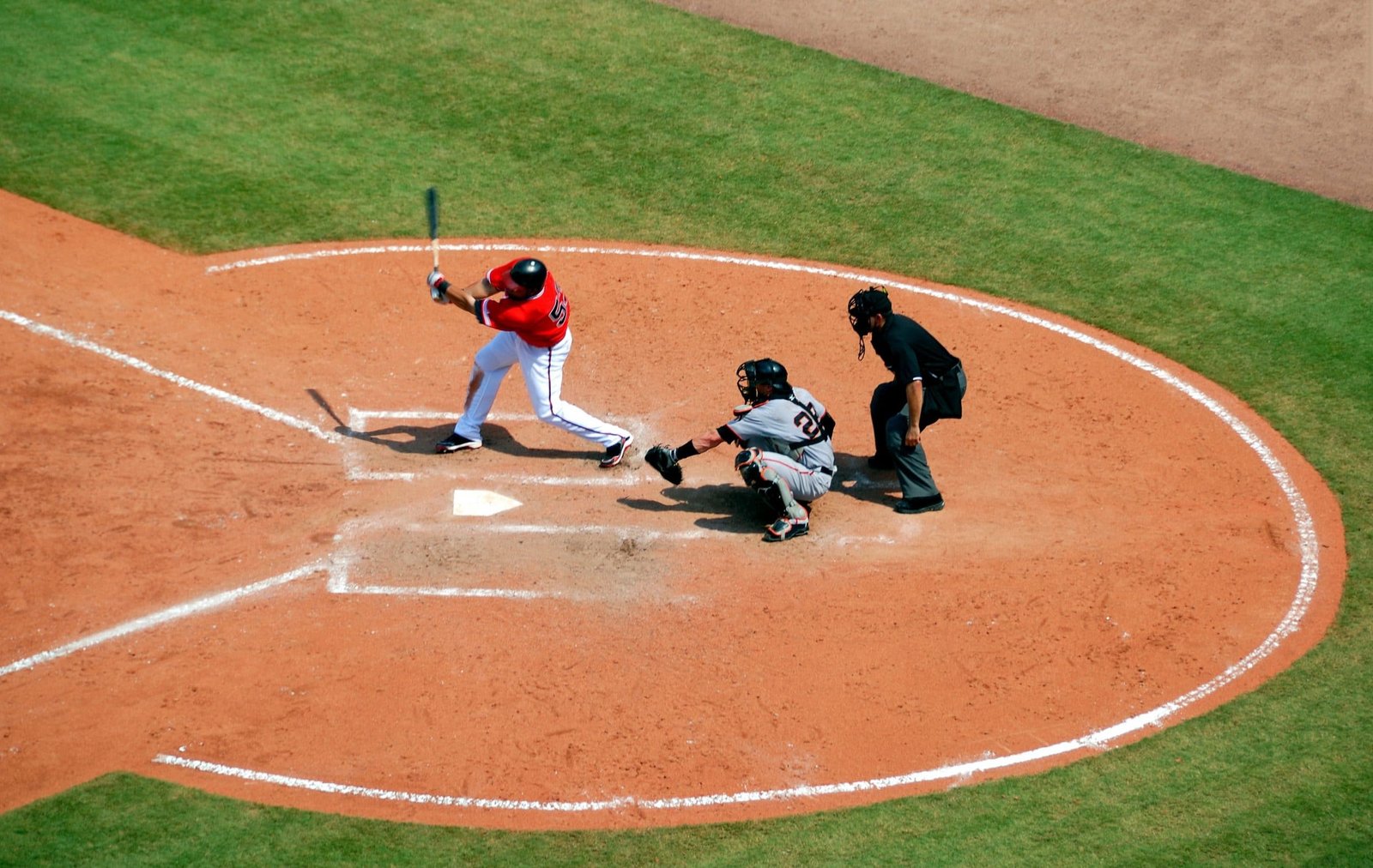
how to become a baseball player in college
The NCAA Division 1 consists of 299 baseball programs across the United States. NCAA ranks each baseball program according to its playing record; at neutral venues, on away grounds and at home.
Here’s how you could determine whether Division 1 College Baseball is right for you:
Can you handle massive amounts of pressure?
- Athletes in Division 1 will compete against the best college-level baseball players in the country. The spotlight will thus be on you, and every single one of your mistakes will be magnified.
Can you put in 40 hours a week?
- Here’s another potential downside to targeting Division 1 college baseball teams. You’d be required to spend up to 40 hours a week in baseball stadiums and other facilities
Can you thrive in a large college setting?
- Thanks in parts to lavish owners and generous alums, Division 1 colleges receive astronomical amounts of money every year. This lets them have large class sizes and campuses. This might be an issue for those of you who thrive in smaller campus settings.
Division 2 College Baseball

The NCAA Division 2 consists of 300 permanent and 20 provisional members. MLB players like Kevil Pillar, Stephen Vogt and Yan Gomez played in Division 2 before advancing to the majors.
Don’t know whether Division 2 College Baseball is right for you? Answering these questions might help you gain a clear perspective:
Will you be satisfied with not enough fierce competition?
- It goes without saying that the competition at Division 1 college baseball programs is higher than it is at Division 2 schools. Some teams – especially those on the south and west coast – will be better than others.
Will you prefer working in smaller campus settings?
- Yet another thing that differentiates Division 1 college baseball programs from their Division 2 counterparts is campus size. While an average Division 2 school has between 2500 and 7500 students, the number is more than double in Division 1 programs.
Do you want a better sports-academic balance?
- Division 2 schools tend to focus more on academics. This creates a less demanding playing schedule for players, who also get more playing time as the competition for places isn’t as fierce as at Division 1 programs.
Division 3 College Baseball
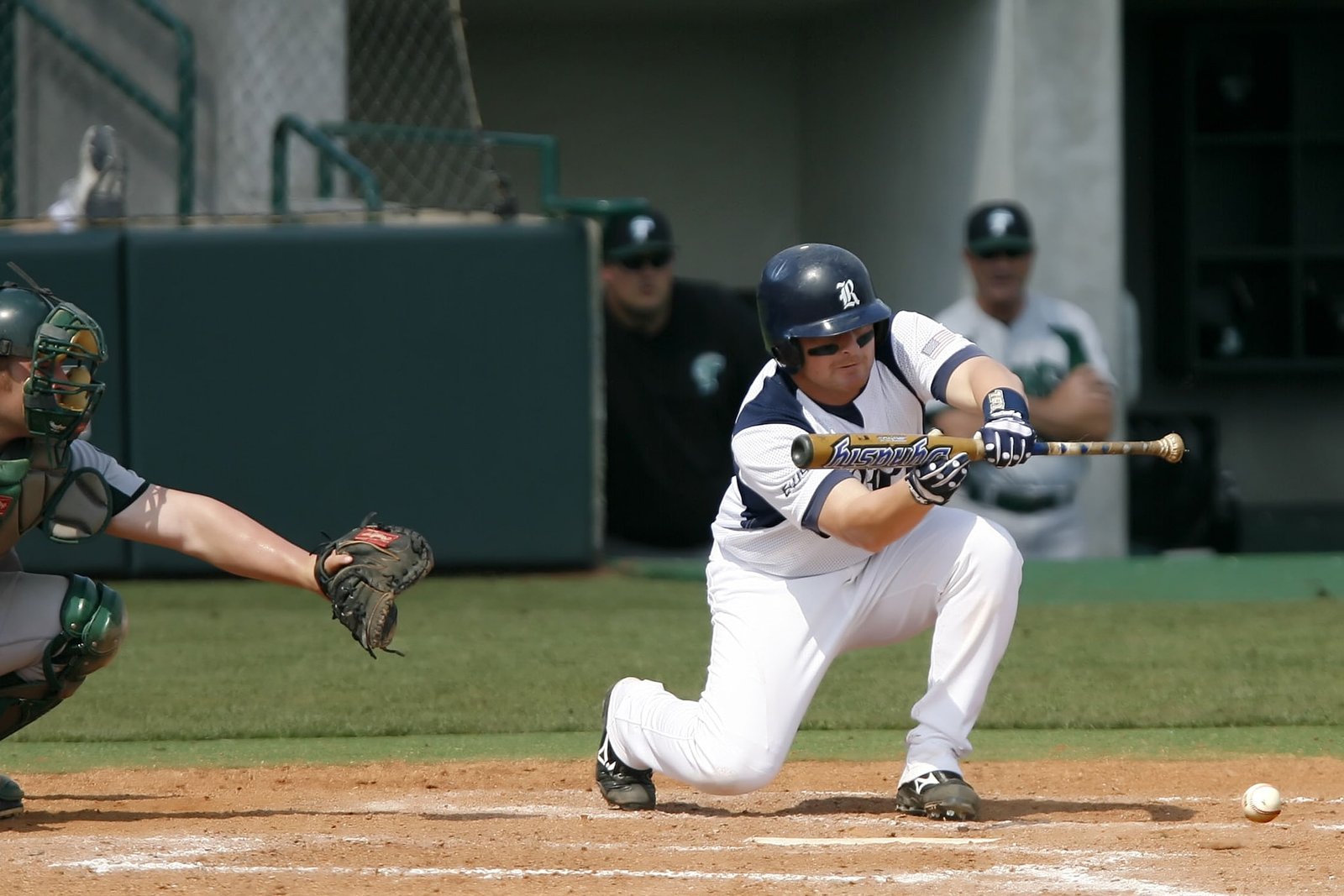
The NCAA Division 3 consists of 441 teams across the country. Colleges from 36 of the 50 states and those from the District of Columbia compete in NCAA’s largest division, even though its programs don’t have the bells and whistles which Division 1 and Division 2 schools’ programs offer.
Consider these factors to decide whether Division 3 College Baseball is for you:
Are you interested in graduating in arts?
- That’s because the majority of Division 3 programs are related to arts. They are also located in the Midwest and the Northwest. All of them don’t offer any athletic scholarships, too. However, you could still get need-based, merit-based or academic assistance.
Do you want to focus more on your studies?
- According to an estimate, nine out of every 10 Division 3 athletes end up graduating from college. This should tell you everything you need to know about how much emphasis Division 3 schools put on academics.
Can you handle not getting preferential treatment?
- You might have already heard that athletes at D1 and D2 schools get preferential treatment. The perks include picking their own schedule, professor and class. That won’t be the case at the D3 level.
NAIA Baseball Teams
More than 180 baseball programs recruit student athletes every year. Each of them can offer up to a dozen scholarships per team. This means NAIA programs offer more scholarships than mid-level DII and lower level D1.
Ask yourself these questions to find out whether you’d do well with NAIA baseball teams:
Do you want more playing time?
- Then you might want to decide in favor of NAIA baseball teams. That is despite the fact that the competition at NAIA colleges, especially those at the higher level, is comparable to NCAA Division 2 schools.
Are you after a scholarship?
- We have already stated above that NAIA baseball teams are eligible to offer up to 12 scholarships to their players. This makes them an eye-catching option if you haven’t made it to NCAA Division 1 and cannot afford to pay the fees for NCAA Divisions 2 and 3 without a scholarship.
Do you want to balance athletics and academics?
- Two things define NAIA schools: an easygoing social atmosphere and smaller class sizes. You’d thus be easily able to balance your academics and athletics. There won’t be any pressure on you to prefer one over the other.
Junior College Baseball Teams
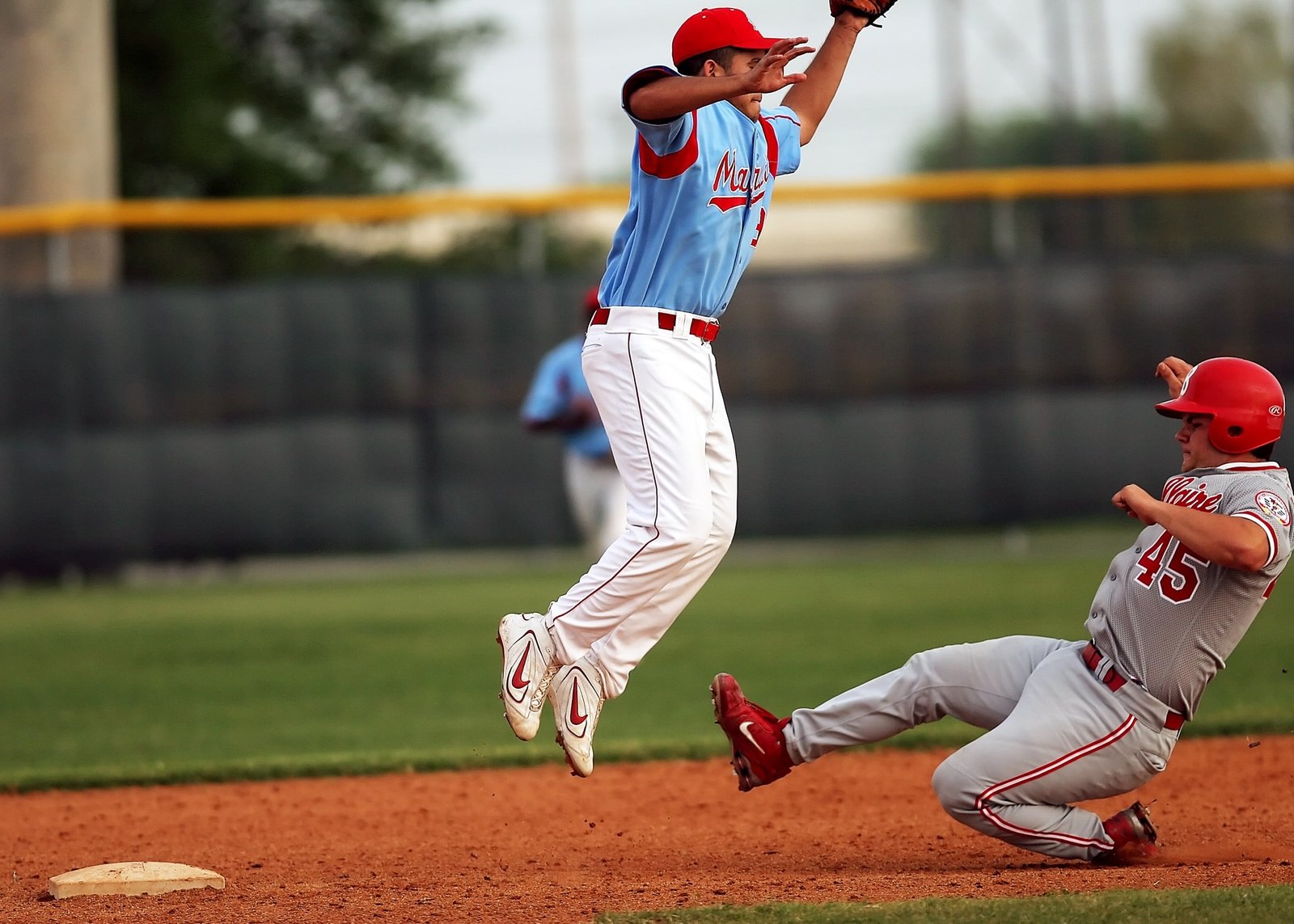
Similar to that of the NCAA, junior college schools are divided into three divisions. Colleges competing in division 1 can offer full athletic scholarships to players. Those in Division 2 can provide financial aid covering tuition fee and books. Division 3 colleges, meanwhile, don’t have the required funding, which they can use to offer scholarships.
Answer these questions to decide whether you should join junior college baseball teams:
Are your high school grades lacking?
- Then you might want to consider giving serious thought to sign up for junior college baseball. It will give you the chance to improve your GPA and meet NCAA eligibility requirements. You can even transfer your grades to a four-year degree upon graduation.
Do you want two chances for MLB Amateur Draft?
- Since junior college baseball lets players be drafted for Major League Baseball after their first and second years, they’re given an extra opportunity to realize their dream. That isn’t the case at a four-year college, where students have to wait until they turn 21 (or after their junior year) to become eligible for the draft.
Are you after more playing time?
- What do you get on campus when your college only offers two year degrees? Freshmen and sophomores. This means your chances of playing college baseball in junior college is higher than if you were competing for places at a 4-year university.
How to become a baseball player in college – Steps to Take

Here are the steps you need to take to become a baseball player in college:
1. List the colleges you want to play baseball for
Use the information provided above to list the colleges you want to play for. Keep your grades, athleticism and the type of environment you want to be a part of while you’re doing that. Don’t give in to the herd mentality that only D1 athletes will end up getting selected in the MLB Amateur Draft.
2. Find out the requirements of each college
Every renowned college has a different set requirements. Some want their student athletes to boost high grades. Other prefer skills over GPA. Still others look for a combination of both. That’s why you must find out of the requirements of the college you want to play baseball for beforehand.
3. Impress the coach/scout
This step will come into play once you’ve got admission to the college. Regardless of the Division the college belongs to, you must be in the coach’s good books to get more playing time. And that you can only do if you emphasize the strong points of your game and do work on the weak ones.
What do college baseball coaches/scouts look for in players?
Here’s what college baseball coaches look for in prospects:
Pitchers
- Division 1: 84MPH average pitch velocity, less than 2.0 ERA, 1K per inning pitching experience, command over at least 3 pitches, 2:1 walk to strike out ratio
- Division 2: 82MPH average pitch velocity, less than 3.0 ERA, 1K per inning pitching experience, command over at least 2 pitches, 1;1 walk to strike out ratio
- Division 3 and NAIA: 77 MPH average pitch velocity, between 2.5 and 3.5 ERA, Walk to strike out ratio of 1:1; Command over at least one off-speed pitch
- Junior College: 80 MPH average pitch velocity, Less than 1k per inning pitching experience, less than 4.0 ERA, 1:1 walk to strike out ratio
Catchers
- Division 1: 6’1” height, 185 to 200lbs weight, considerable arm strength, good team skills, .500 OBP, .600 Slugging, less than 1.95 Pop Time, less than 2 ERA
- Division 2: 6′ height, 180lbs weight, .450 OBP, .550 Slugging (at least 2 at bats/game), less than or equal to 2.0 Pop Time
- Division 3 and NAIA: 5’11” height, 180lbs weight, .400 OBP, .500 Slugging, Pop Time ranging from 2.0 to 2.1
- Junior College: 5’10” height, 170lbs weight, .350OBP, .450 Slugging, Pop Time at or less than 2.1
First Baseman
- Division 1: 6’2” to 6’6” height, 190 to 240lbs weight, HR between 5 to 10 in high school, 0.500 OBP, 0.750 Slugging (at least 2 @ bats/game)
- Division 2: 6′ height, 180lbs weight, as many RBIs as possible in high school, as few HRs as possible in high school
- Division 3 and NAIA: 6′ height, 180lbs weight, 25+ RBI, 3+ HR
- Junior College: 5’11” height, 170lbs weight, 20+ RBI, 2+HR
Third Baseman
- Division 1: 5’10” to 6’3” height, 180 to 220lbs weight, 85 to 95MPH infield velocity, 5 to 10 HR in high school, 0.500 OBP, 0.75 Slugging
- Division 2: 5’9” to 6’3” height, 170 to 220lbs weight, at least 80MPH infield velocity, 2 HR in high school, 0.400 OBP and Slugging
- Division 3 and NAIA: 6′ height, 180lbs weight, 25+ RBI, 2+ HR
- Junior College: 5’11” height, 170lbs weight, 20+RBI, 2+HR
Middle Infielder
- Division 1: 5’8” to 6’2” height, 165 to 190lbs weight, 6.5 to 6.8seconds for 60-yard dash, 85 to 95MPH infield velocity, 0.500OBP, 0.6 Slugging (at least 2 @ bats/game)
- Division 2: 5’8” to 6’2” height, 165 to 190lbs weight, 60-yard dash in equal to or less than 6.9 seconds, at least 80mph infield velocity from SS, 0.550OBP, 0.450 Slugging (at least 2 @ bats/game)
- Division 3 and NAIA: 5’11” height, 170lbs weight, 60-yard dash in equal to or less than 7.0 seconds, at least 78mph infield velocity from SS, 0.400OBP, 0.500Slugging
- Junior College: 5’10” height, 165lbs weight, 60-yard dash in equal to or less than 7.1 seconds, infield velocity from SS in the upper 70smph, 0.350 OBP, 0.450 Slugging
Central Fielder
- Division 1: 5’9” to 6’2” height, 175 to 210lbs weight, 87 to 95 (or above) infield velocity from the outfield, 60-yard dash in less than 6.7 seconds, 0.500 OBP, 0.600 Slugging (at least 2 @ bats/game)
- Division 2: 5’11” height, 180lbs weight, 60-yard dash in less than 6.9 seconds, 0.450 OBP, 0.500 Slugging (at least 2 @ bats/game)
- Division 3 and NAIA: 5’11” height, 180lbs weight, 60-yard dash in less than 6.9 seconds, 80+mph outfield velocity, 0.400OBP, 0.500 Slugging
- Junior College: 5’10” height, 170lbs weight, 60-yard dash in 7.0 seconds or less, greater than 78+mph outfield velocity, 0.450 Slugging
Corner Fielder
- Division 1: 5’11” height, 180lbs weight, 60-yard dash in less than 6.8 seconds, outfield velocity of greater than 87+mph, 0.750 Slugging (at least 2 @ bats/game), 0.500 OBP, equal to or greater than 5 HRs at high school
- Division 2: 5’11” height, 180lbs weight, 60-yard dash in less than 7 seconds, lower 80s velocity from the outfield, multiple HRs at high school
- Division 3 and NAIA: 5’11” height, 180lbs weight, 60-yard dash in 6.9 seconds or less, 80+mph velocity from the outfield, 0.400 OBP, 0.650 Slugging
- Junior College: 5’10” height, 170lbs weight, 60-yard dash in 7 seconds or less, 78+mph velocity from the outfield
Academic requirements for College Baseball Scholarships
Here’s how to land scholarship once you have become a baseball player in college:
- Division I: At least 2.3 GPA in the core course, must have completed 16 core courses, among other requirements
- Division II: At least 2.2 GPA in the core course, must have completed 16 core courses, among other requirements
- Division III: There are no scholarships for athletes in Division 3 colleges. Though you could still get some form of need-based or merit-based financial aid.
- NAIA: Only those student athletes get scholarships from NAIA colleges who have scored 860 on the SAT (or 18 on the ACT), have at least 2 GPA on a 4 GPA scale and must have graduated among the top half of their high-school class.
- Junior College: The National Junior College Athletic Association NJCAA allows two-dozen scholarships for baseball players. They include full aid grants, partial aid grants and partial tuition fee waivers.
Conclusion
You now know everything you need to about how to become a baseball player in college. Maintaining excellent grades, taking care of your athleticism and adopting a proactive approach while you’re identifying which colleges you must apply in will give you a great chance of playing for your favorite college team.




